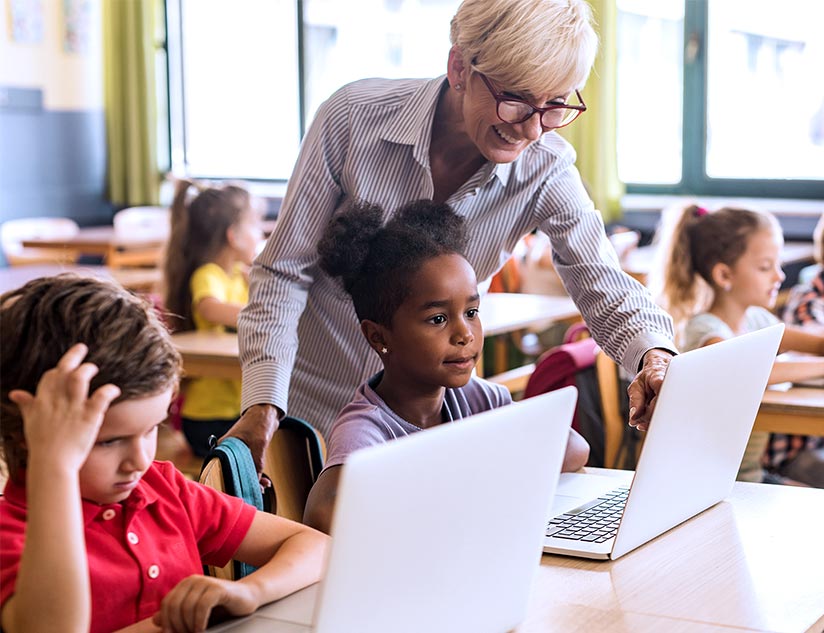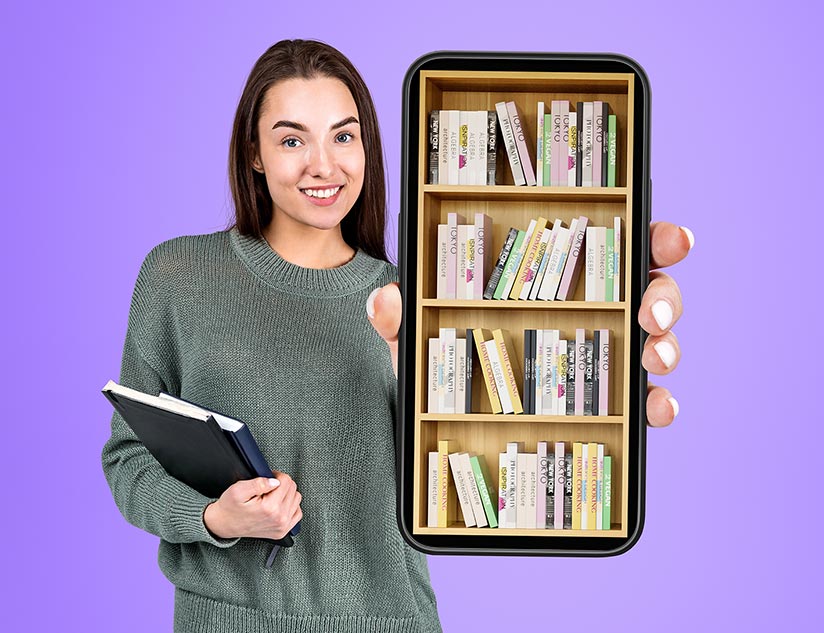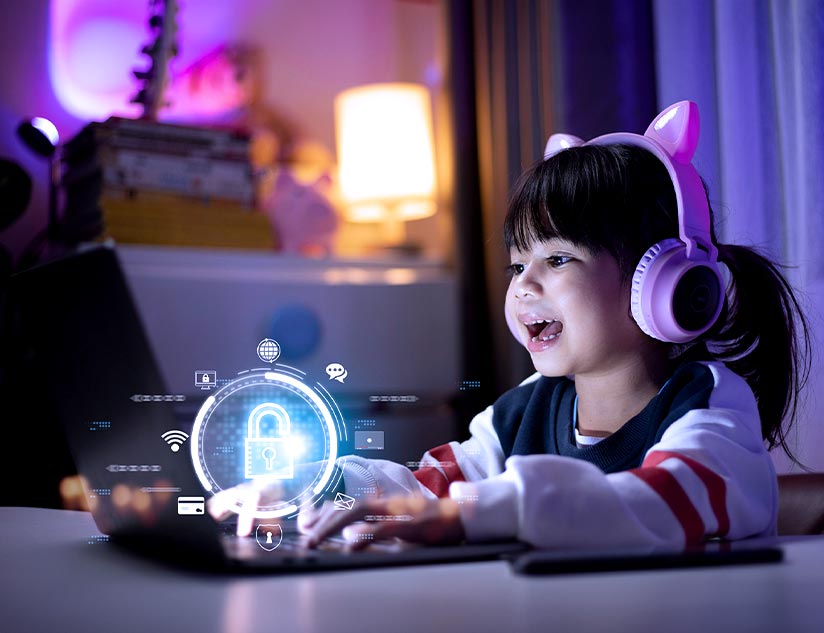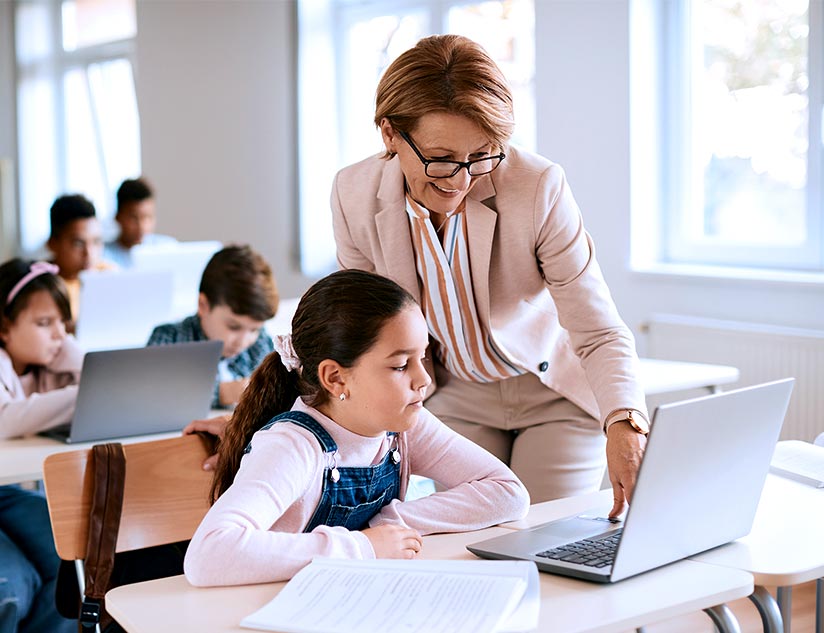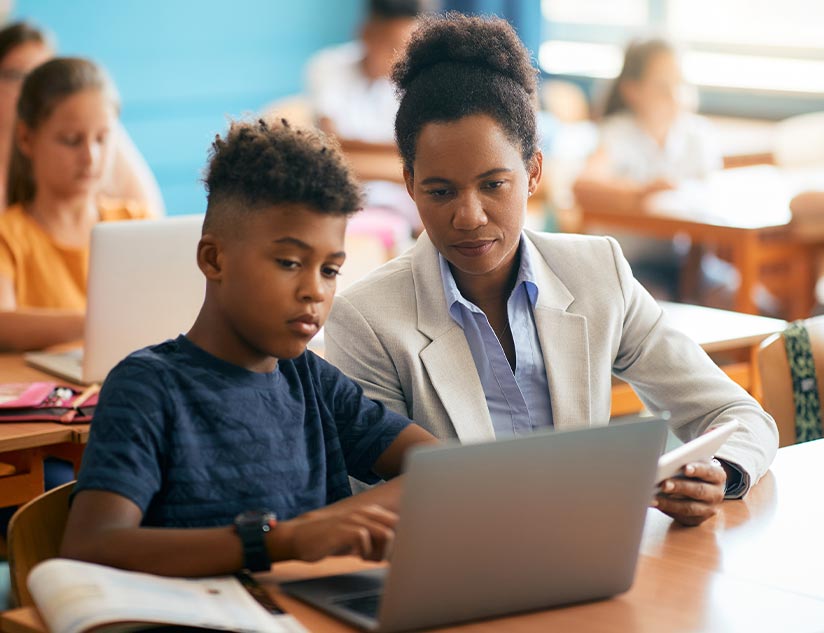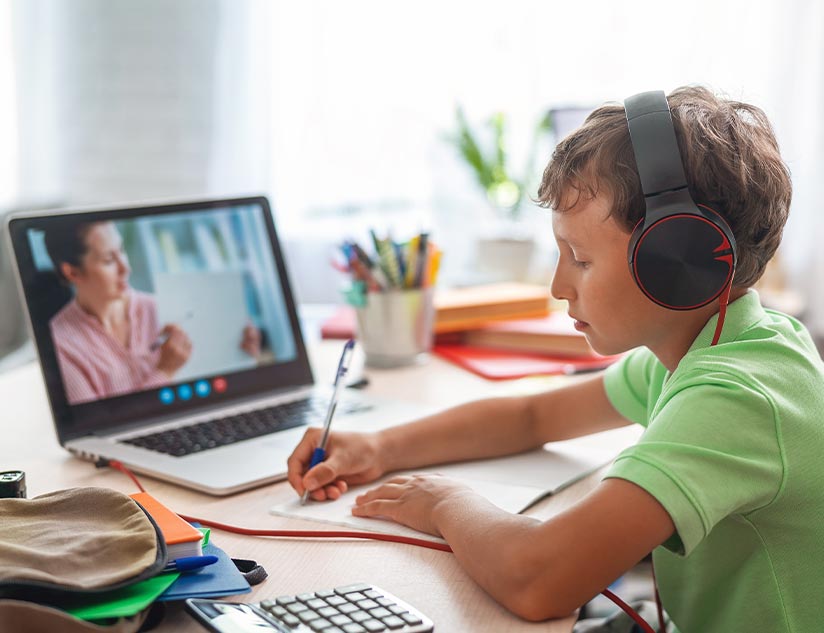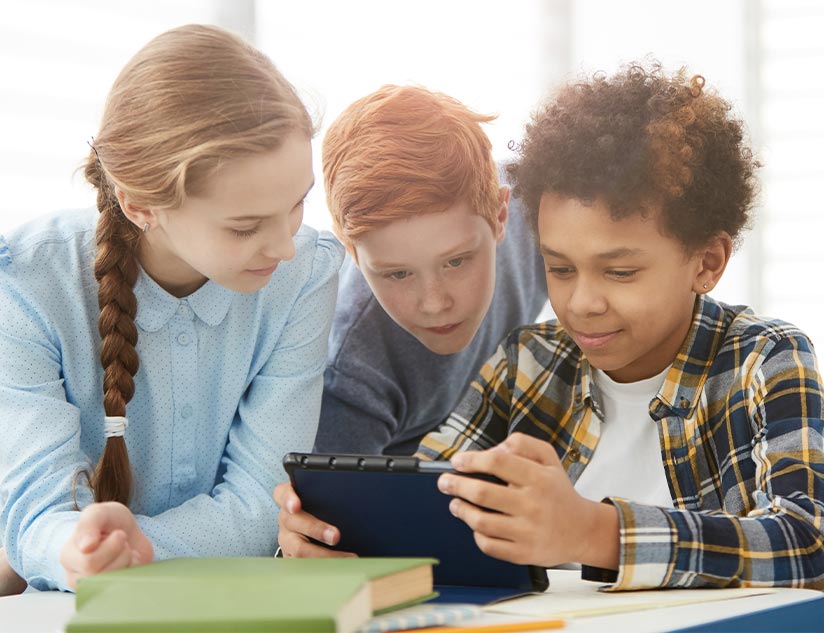Transforming K-12 Learning with the Use of Technology
February 27th, 2020
Each generation brings in its own share of challenges for educators. For a long time, children did not receive primary education? This changed when for the first time when the responsibility of education was wrestled away from the clergy in Prussia and given to the Ministry of Education. After this, all children were mandatorily required to attend primary school.
Today we’ve come a long way, with education starting even before primary school; at the preschool level. But, is all this modern education actually helping prepare students for the future? Some key challenges that educators and educational institutions still face are:
- Teaching children to solve real world problems
- Offering personalized learning for optimal academic outcomes
- Ensuring student engagement in the classroom
- Meeting the demand for flexible learning.
Technology to the Rescue
The solution to key challenges faced by the education system can be resolved through Technologically Enhanced Learning (TEL). TEL is a term used to describe the use of technology to improve learning and teaching. It can be used for digital as well as analog technologies. But it generally refers to the use of digital technologies, such as educational software and digital learning platforms.
With the help of TEL, K-12 education is seeing a revolution in both delivery of knowledge and academic outcomes. Some of the ways in which TEL is improving the learning experience include:
1. Learn at One’s Own Pace
In the traditional K-12 classrooms, teaching and learning follow a one-size-fits-all pace, which is defined by the ability of the majority. It is common for some students to fall behind, finding certain concepts difficult to understand. On the other hand, fast learners might find it boring when the class moves at a pace that is too slow for them. With the inclusion of technology in education, students gain greater control over the pace of their learning. It also frees up teachers to provide support to those who might be struggling.
2. High Engagement Levels
It is no secret that Gen Z students have a short attention span. The mundane and repetitive nature of traditional classroom lectures can become boring for these students really quickly. Technology allows the inclusion of interactive elements, allowing students to actively participate in the learning process, rather than only being passive recipients of information. A robust learning experience platform allows for the easy integration of videos, audio, infographics, images and gaming elements in the course material. This leads to higher engagement levels.
3. Updated Content
With rapid developments all across the world, information these days becomes quickly outdated. Traditionally, students would need to wait for a new edition of a textbook to be published to gain access to the most recent information. However, by the time the textbook is published and deployed in schools, even the updated information might become outdated. On the other hand, an online learning platform allows educational publishers and educators to quickly and easily update information, add and delete content and ensure that students have access to only the latest and most relevant information.
4. Detailed Feedback
With the help of technology, students can get detailed and instant feedback. This has been found to be much more beneficial for students than delayed feedback, in the form of report cards. In addition, it is very useful for teachers as well, who can quickly assess students who might need more attention and support. Teachers can also refine their teaching methods with customizable assessments.
Applications of Technology in the Classroom
There are a number of technologies that are being used to improve learning and education. Some of them are:
1. Anytime, Anywhere Learning
The internet has transformed numerous aspects of our lives, and education is one of them. Today, students do not have to be always present in the classroom to learn. With the help of the internet, students can learn anytime and anywhere. Lessons, as well as assignments, can be provided to them over the internet.
This not only provides more flexibility to students, but also translates into better performance. Learning can take place during breaks, at home, or even while traveling. Studies have proven that the use of online learning can lead to better academic results even for students with lower reading skills.
2. Learning on Their Preferred Device
When it comes to Gen Z, nearly all of them own a smartphone and spend around 4 hours on it each day. This love for mobile devices can be harnessed by educators. With the help of advanced learning platforms, schools and educational institutions are creating learning material that can be accessed by students on their mobile device. The best part is that with the integration of an offline eReader, students can even access course material without the need for internet connectivity.
3. Inclusivity in Education
The use of mobile devices means that learning is also accessible for a larger section of students. The cost of textbooks can be prohibitive for some segments of society. However, with digital learning, the expenses are significantly reduced; making learning more accessible. A recent survey revealed that 80% of parents believe that using mobile apps made learning more fun and engaging for their children.
4. High Engagement
The modern learning platforms also allow the integration of gaming elements in learning. Games can be used to teach new concepts, in assessments and even feedback. These could be in the form of quizzes, puzzles, challenges and leaderboards. The use of gamification is generally based on a risk and reward system. This helps in improving both engagement and motivation. In fact, studies have found that 67% of students find courses with gamification more motivating.
Preparing Students for a Technological Future
Educational technology prepares students for a technological future. Technology is evolving to provide solutions for almost every aspect of life. In fact, a McKinsey report states that 40% of the jobs that exist today will have become obsolete by 2030. The best way to prepare students for a technological future is to use Ed Tech in today’s education. This can help build skills that will be most relevant by the time K-12 students are ready to join the workforce.
Are you ready to take advantage of technology to provide effective K-12 education? Contact us today!


